10 tips for better glutenfree bread baking:
We see a nice recipe online and decide to bake bread, use the same ingredients, follow the same recipe yet the result doesn’t come out very well. Sounds like a familiar problem? Well, this happens to almost everyone who sets out to bake gluten-free. When someone asks me for a recipe, I give the recipe but deep down I know that the person may or may not get the same result. I am writing this article to help you bake better, there are things that I have learned over years and have come to realization that if you don’t know the basics following the recipes blindly won’t help. The hints and tricks that I am giving away are based on my experience, I am not a chef or a trained cook. So plz do not consider this expert advice, I am still a new GF blogger and learning my way around the kitchen.
For Bread:
- GF flour: Every brand is different and every flour blend is different, the ratios, the starch etc. So while baking you must use the brand that you are most comfortable with. You may have to buy various brands, use many brands to eventually find out your favourite. I personally like 3 brands for bread making when I am not using my own flour blend: Schar, JOSEF MARC, Wheafree.
- Yeast: Just because you have yeast in your pantry doesn’t mean the yeast is fresh and is active. You need to make sure you use fresh, active yeast else the bread will turn out to be hard. The only way of knowing the quality is by checking how frothy the yeast mixture becomes after you have added warm milk/water with sugar. Make sure you add frothy yeast mix to the flour.
- Consistency of bread batter/dough: GF bread batter is different, it is not technically a dough but a runny almost cake-like batter but it is still not as runny as the cake batter, only a bit denser.
- Moisture: Adding too much water to the batter is not a great idea.
- Use of olive oil or veg oil: I prefer adding oil to excess water whenever I need to add some moisture.
- Fermentation: If your batter hasn’t risen and doubled in size then there is something wrong with your yeast, this means if you bake this bread, you will only get a very hard undercooked bread. I prefer leaving the bread batter to ferment for 5-6 hours before baking.
- Eggs: If you eat eggs and like the taste then you must add eggs to the batter. The more you add the fluffier and softer your bread would become. You can go up to 4-5 eggs. I personally don’t like eggs too much so i use egg whites, this way I don’t get the egg-y flavor from the yolk yet get a nice soft bread.
- Vinegar: 1/2 or 1 tbsp vinegar is a great addition to the bread recipe. I always add vinegar, not only it takes care of the egg-y smell but forms a nice crust too.
- Use of stand mixer or food processor: If you have a food processor or a stand mixer you must use them. They add air to the batter which makes a lighter batter and a much nicer bread. (I highly recommend investing in a food processor or stand mixer).
- Use of soda water: a surprising ingredient but this really improves the quality of bread.
Get my favorite bread recipe here.
If you want to make Gluten-free bread blend yourself, you can learn from my Master Class.
How useful was this recipe?
Click on a star to rate it!
Average rating 4 / 5. Vote count: 1
No votes so far! Be the first to rate this recipe.

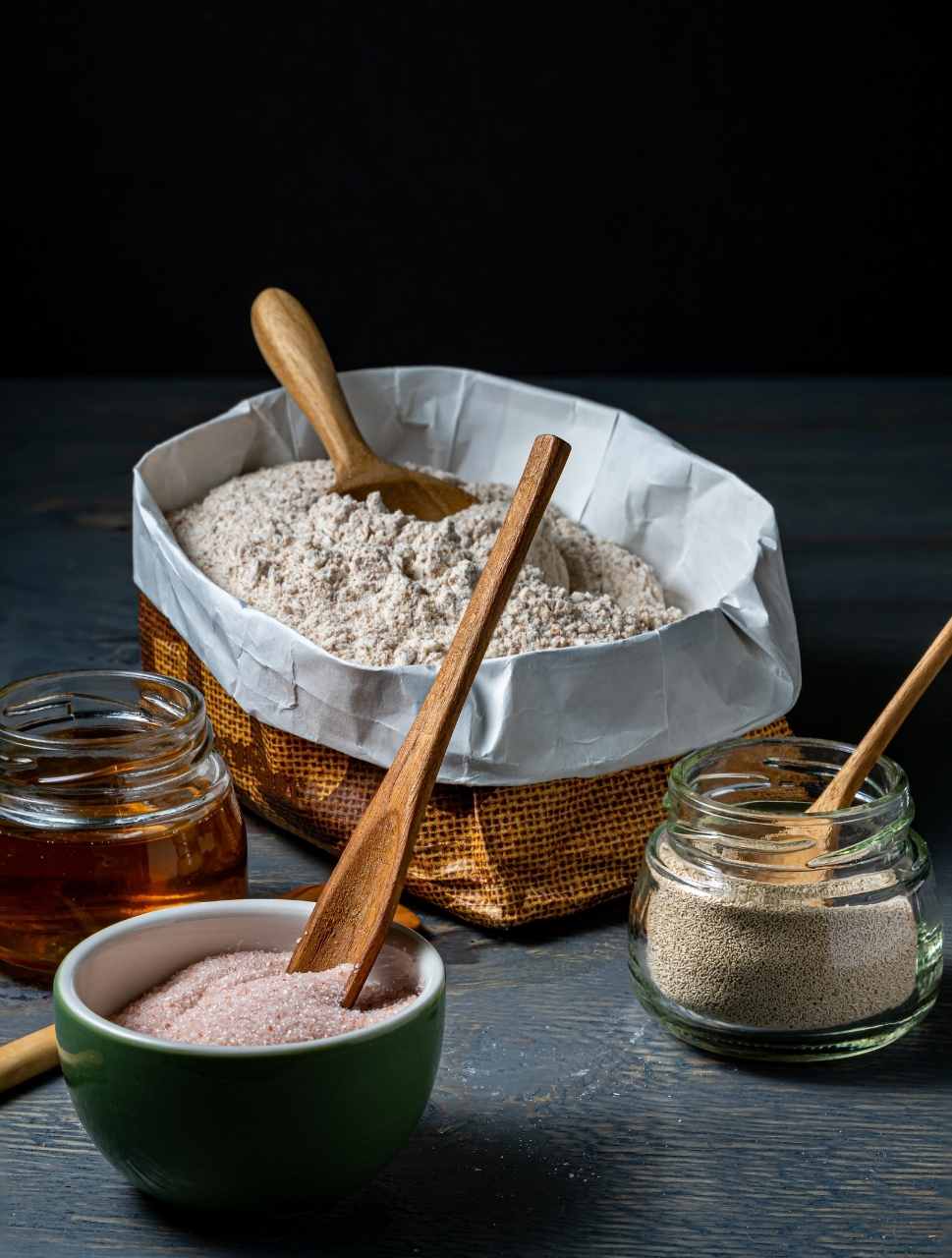
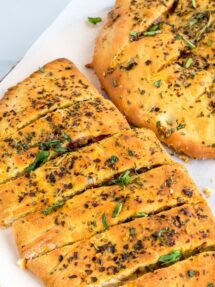

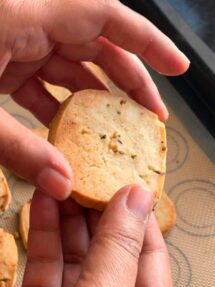
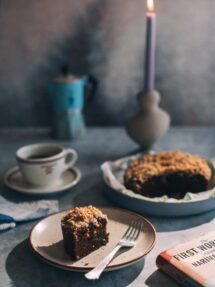
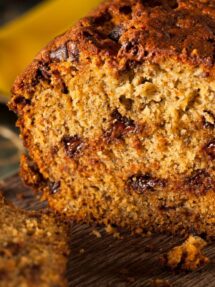
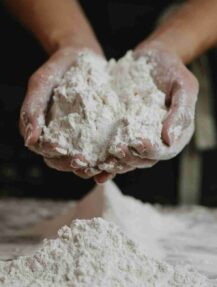







This Post Has One Comment
Hi! Thanks for giving away your secrets. I tried using the soda water and it really made better bread. Kept the bread recipe the same , actually i had taken the basic bread recipe from your blog but added soda to it. It worked beautifully so thanks.